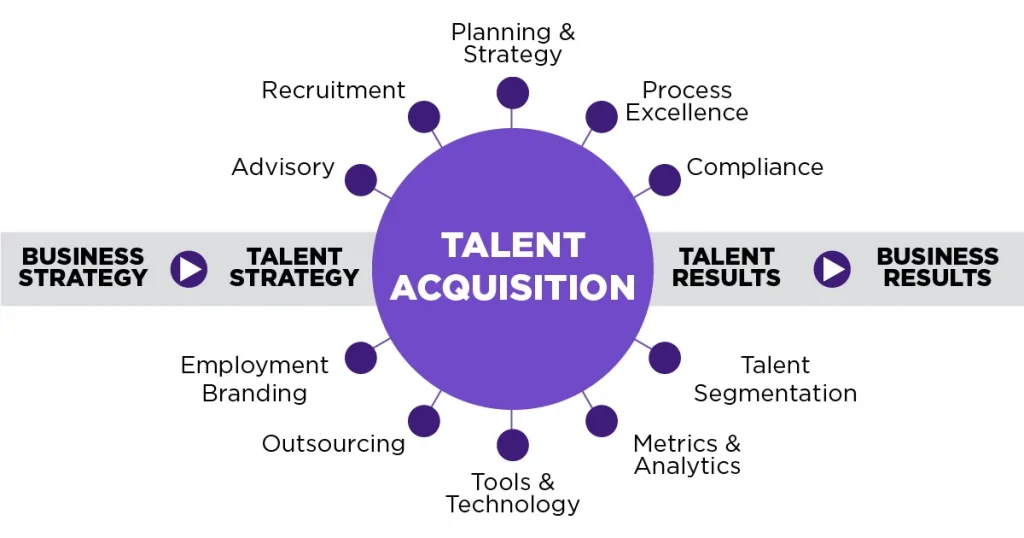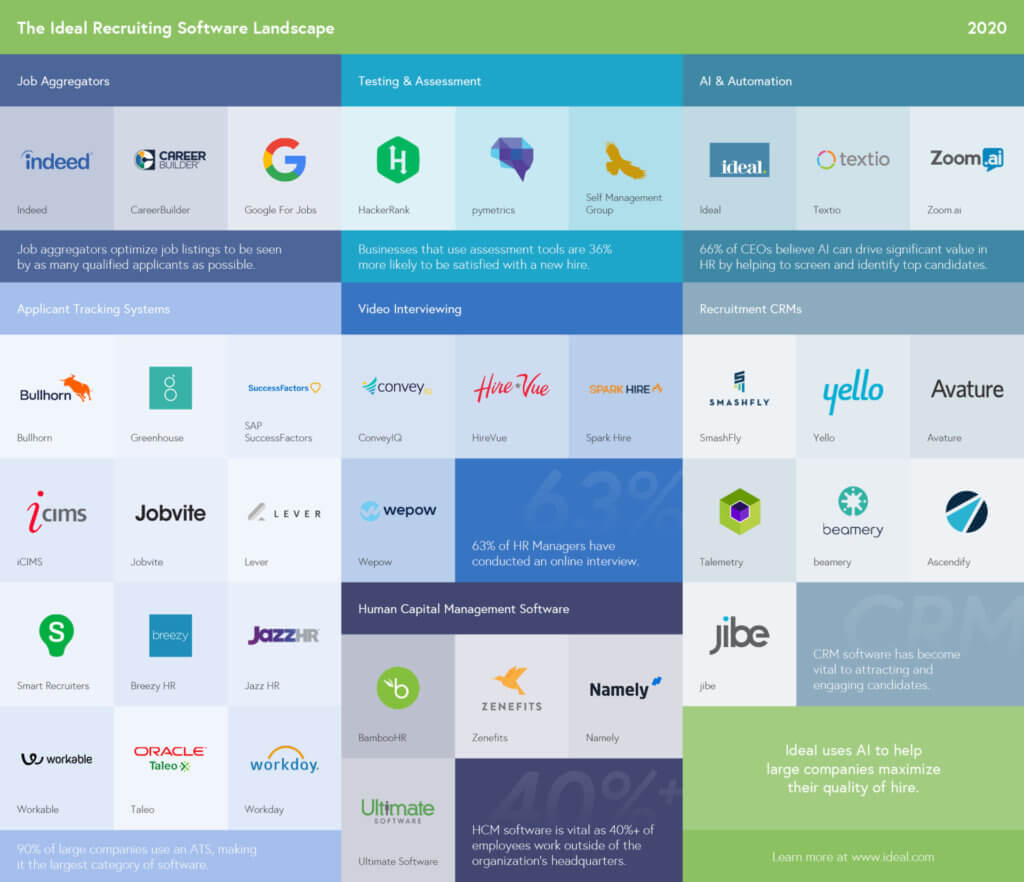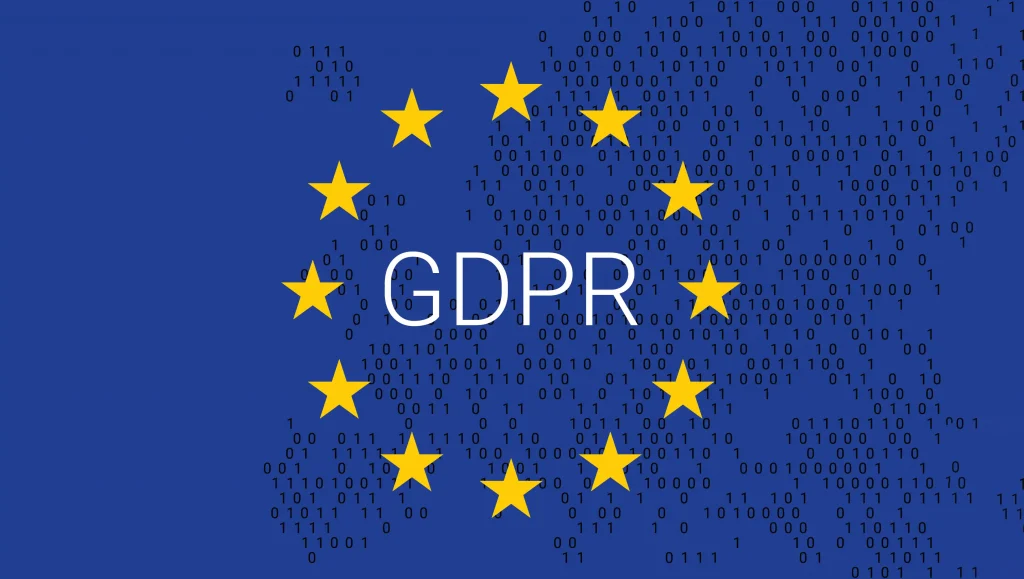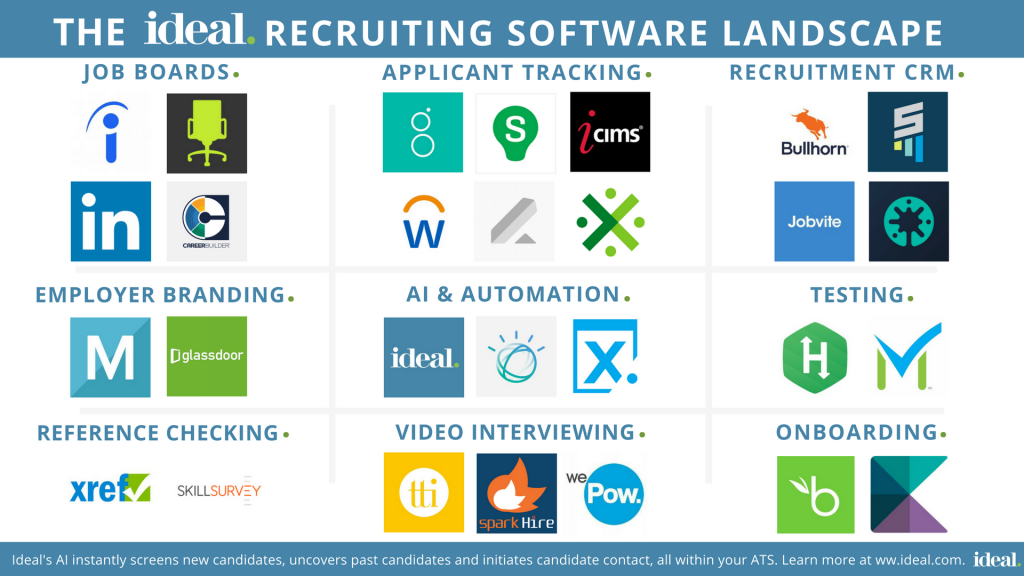The Hidden ROI of Upgrading Your Enterprise ATS (Oracle vs. Greenhouse)
In the relentless quest for talent, enterprise organizations often scrutinize applicant tracking systems (ATS) through a tight cost-benefit lens. While immediate financial outlay undoubtedly factors into the decision, discerning leaders recognize the hidden gems of ROI tucked away beneath the price tag. This is especially true when evaluating an upgrade from a legacy ATS, where the true value extends far beyond mere cost savings.
This post delves deep into the intricacies of comparing two industry giants – Oracle and Greenhouse – not just from a monetary standpoint, but through a multifaceted lens that captures the impact on crucial areas like candidate experience, diversity recruitment, and hiring speed. By dissecting these often-overlooked ROI elements, we’ll equip budget-conscious decision-makers with the insights needed to make a strategic, future-proof choice for their enterprise.
| ATS Tool | Key Features | Ideal For | Considerations |
|---|---|---|---|
| Workday | Custom workflows, internal talent mobility, analytics | Enterprise | Expensive, complex |
| Greenhouse | Intuitive interface, candidate scorecards, hiring analytics dashboard | High-volume hiring, mid-large companies | Lack of some advanced features |
| Lever | Clean interface, structured interviews, reporting, talent pools | Tech companies, mid-large companies | Integration issues, pricing premium |
| SmartRecruiters | Social media integration, candidate relationship management, mobile optimized | High-volume hiring, global companies | Steep learning curve, clunky workflows |
| Jobvite | Easy to implement, candidate texting, custom reports, referral management | Mid-market companies | Dated look, less automation features |
| JazzHR | Easy to use, affordable, integration with job boards, mobile friendly | Small-medium businesses | Less advanced features, support issues |
| BambooHR | User-friendly, mobile access, applicant rating system, requisition tracking | Growing SMBs | Focus on SMB market, light on recruiting features |
| Workable | Intuitive platform, custom hiring stages, structured interviews, hiring scorecards | SMBs | Less scalability, template heavy |
| iCIMS | Highly customizable, AI resume parsing, advanced reporting, mass communication tools | Enterprise, global companies | Steep learning curve, clunky interface |
| Newton | Clean interface, intelligent email triage, team collaboration features, text recruiting | Startups, tech companies | Young tool, growing features |
| Zoho | Affordable, easy to use, integration with other Zoho tools, mobile access | SMBs, startups | Template focused, less advanced features |
| Recruitee | Intuitive interface, collaboration features, candidate management, hiring team customization | Startups, SMBs | Less suited for large enterprises |
| Oracle Taleo | Advanced automation, high scalability, predictive analytics, global compliance | Enterprise, high volume hiring | Very complex, significant training required |
| ClearCompany | Simple to use, customizable stages, structured interviews, surveys | SMBs | Template focused, basic reporting |
| Ascentis | Configurable workflows, self-onboarding, time tracking, benefits administration | SMBs | Very basic recruiting features, less modern |
Candidate Experience: Beyond the Checkbox
In today’s candidate-driven market, a clunky ATS can be the Achilles’ heel of your recruitment efforts. Top talent demands a seamless, engaging experience throughout the hiring journey. This is where modern ATS platforms like Greenhouse shine. Their intuitive interface, mobile-friendly applications, and personalized communication tools foster a positive candidate experience from application to onboarding. Oracle, though steadily improving, can feel cumbersome in comparison, with a steeper learning curve and less intuitive navigation.
The ROI of a superior candidate experience extends beyond mere perception. Increased engagement translates to:
- Higher completion rates: Streamlined application processes and ongoing communication lead to better completion rates, reducing drop-off and ensuring you capture the full spectrum of qualified candidates.
- Improved brand perception: Positive word-of-mouth from satisfied candidates boosts employer branding, attracting top talent organically and reducing reliance on expensive recruitment channels.
- Faster time-to-hire: Engaged candidates move through the process quicker, enabling faster hiring decisions and reducing the cost of open positions.
Diversity Recruitment: More Than Just a Metric
The pursuit of a diverse workforce isn’t simply a box to tick – it’s a strategic imperative for success. Modern ATS platforms like Greenhouse empower recruiters to actively cultivate a diverse talent pool through features like:
- Advanced search and filtering: Leverage AI-powered algorithms to identify diverse candidates based on skills, experience, and background, mitigating unconscious bias in the sourcing process.
- Blind resume review: Eliminate name and demographic information from resumes during initial screening, allowing recruiters to focus solely on qualifications and skills.
- Targeted outreach: Utilize built-in tools to engage with talent from underrepresented communities through partnerships with diversity-focused job boards and professional organizations.
The ROI of a diverse workforce includes:
- Enhanced innovation: Diverse perspectives and experiences fuel creativity and lead to better problem-solving, boosting innovation and driving competitive advantage.
- Improved market reach: A workforce that reflects the communities you serve fosters deeper understanding and connection, strengthening customer relationships and market penetration.
- Reduced turnover: Studies show that diverse teams have lower turnover rates, leading to cost savings and improved employee morale.
Hiring Speed: Time is Money (and Talent)
In the frantic scramble for top talent, a slow, cumbersome ATS can be the difference between landing a game-changer and losing them to a competitor. Greenhouse’s streamlined workflows, automation features, and intuitive interview scheduling tools expedite the hiring process, significantly reducing time-to-hire. Oracle, while offering some automation options, often requires more manual intervention and customization, hindering the pace of recruitment.
The ROI of a faster hiring process encompasses:
- Reduced cost-per-hire: Quicker hiring decisions lower advertising costs, agency fees, and the burden of carrying open positions, contributing to significant cost savings.
- Improved candidate quality: By moving quickly, you attract top talent who are actively seeking new opportunities, increasing the likelihood of securing the best candidates before they disappear.
- Enhanced employer brand: A reputation for fast and efficient hiring attracts even more qualified candidates, further strengthening your employer brand and talent pipeline.
The Oracle vs. Greenhouse Showdown: Beyond the Price Tag
While cost comparisons are inevitable, viewing ROI through a narrow financial lens can lead to short-sighted decisions. When evaluating Oracle and Greenhouse, consider the hidden value each platform offers:
- Candidate experience: Greenhouse’s intuitive interface and personalized communication tools edge out Oracle’s more traditional, process-heavy approach.
- Diversity recruitment: Greenhouse’s built-in diversity features offer a clear advantage over Oracle’s limited capabilities in this area.
- Hiring speed: Greenhouse’s automation and streamlined workflows significantly reduce time-to-hire compared to Oracle’s more manual process.
The Cost-Benefit Conundrum: Unveiling the Long-Term Equation
While the upfront cost of a modern ATS like Greenhouse might appear higher, the long-term equation paints a different picture. Consider these factors:
- Reduced talent acquisition costs: Improved candidate experience and faster hiring attract top talent organically, reducing reliance on expensive recruitment agencies and job boards.
- Increased employee retention: A positive candidate experience fosters greater employee satisfaction and engagement, leading to lower turnover and reduced recruitment costs.
- Enhanced employer branding: A reputation for agility, diversity, and talent development attracts skilled professionals, further reducing recruitment costs and attracting higher-caliber candidates.
Furthermore, modern ATS platforms like Greenhouse offer subscription-based pricing models that scale with your needs, eliminating the need for hefty upfront investments in software licenses and infrastructure. This flexibility makes them more cost-effective for dynamic organizations than Oracle’s traditional perpetual licensing model.
The Takeaway: Investing in the Future of Talent Acquisition
The choice between Oracle and Greenhouse is not merely about cost; it’s about investing in the future of your talent acquisition strategy. In today’s competitive landscape, prioritizing candidate experience, embracing diversity, and optimizing hiring speed are no longer luxuries – they are strategic imperatives for success.
While both platforms offer robust features, Greenhouse’s focus on user-friendliness, advanced DEI tools, and automation functionalities provide a clear edge in delivering the hidden ROI we’ve discussed. For budget-conscious decision-makers, the long-term value proposition of a platform like Greenhouse, with its cost-saving features and measurable impact on key performance indicators, presents a compelling case for investment.
Remember, while cost remains a crucial factor, a truly comprehensive ROI analysis goes beyond the price tag. By factoring in the hidden gems of improved candidate experience, enhanced diversity recruitment, and optimized hiring speed, you can make an informed decision that equips your organization to attract, retain, and build the diverse, high-performing team that will drive your future success.
Additional Considerations:
- Integrations: Assess your existing HR ecosystem and choose an ATS with seamless integration capabilities to ensure data consistency and streamline workflows.
- Customization: Evaluate the level of customization offered by each platform to ensure it fits your unique recruiting needs and processes.
- Scalability: Consider your future growth projections and choose an ATS that can scale with your evolving needs without major disruptions or additional costs.
Investing in the right ATS is a strategic decision that impacts not just your recruitment efforts, but the very foundation of your talent acquisition strategy. By prioritizing the hidden ROI elements discussed in this post, you can make an informed choice that paves the way for long-term success in attracting and retaining the top talent your organization needs to thrive.
Beyond Cost: The Hidden ROI of Upgrading Your Enterprise ATS (Oracle vs. Greenhouse) – Part 2: Diving Deeper into Data, AI, and the Future of Talent Acquisition
We’ve explored the surface of the hidden ROI hidden within modern ATS platforms like Greenhouse, delving into the impact on candidate experience, diversity recruitment, and hiring speed. But the depths of value hold even more treasures if we venture further, diving into the world of data-driven insights, the magic of AI, and the ever-evolving landscape of talent acquisition.
Data-Driven Decisions: Harnessing the Power of Applicant Insights
Modern ATS platforms like Greenhouse are not just glorified resume repositories; they’re data goldmines. Every candidate interaction, from resume submission to interview feedback, generates valuable data points that, when analyzed effectively, can transform your recruitment strategy.
Imagine being able to identify which sourcing channels bring in the strongest candidates. Or pinpoint skills gaps within your organization based on the qualifications of applicants who make it furthest in the process. This level of insight empowers you to:
- Optimize sourcing channels: Allocate resources towards platforms and partnerships that yield the highest quality candidates, reducing cost and increasing ROI.
- Refine job descriptions: Identify the keywords and skills that attract top talent and tailor your postings accordingly, attracting a more qualified pool of applicants.
- Predict hiring success: Leverage AI-powered algorithms to analyze historical data and identify patterns that predict successful hires, informing interview decisions and reducing onboarding friction.
But data is only as valuable as the insights it yields. Here’s where Greenhouse shines. Its intuitive dashboards and analytics tools present complex data in an easy-to-understand format, empowering recruiters and hiring managers to make data-driven decisions without needing a team of data scientists.
The AI Advantage: Supercharging Your Recruitment Engine
Artificial intelligence is no longer science fiction; it’s transforming the HR landscape, and ATS platforms are at the forefront of this revolution. Greenhouse, with its built-in AI functionalities, supercharges your recruitment engine in several ways:
- Resume screening and parsing: AI bots can quickly scan resumes and extract key information, saving recruiters time and effort while ensuring no qualified candidate gets overlooked.
- Automated bias detection: Identify and mitigate unconscious bias in resume screening and interview scheduling, promoting a more equitable hiring process.
- Predictive candidate matching: AI algorithms can analyze a candidate’s skills, experience, and cultural fit to suggest the most suitable roles within your organization, leading to better placements and improved employee satisfaction.
But AI isn’t meant to replace the human touch in recruitment. Instead, it should be viewed as a powerful tool that complements and enhances your hiring decisions. Greenhouse understands this, providing features that allow recruiters to override AI suggestions and leverage their judgement and experience when necessary.
The Future of Talent Acquisition: Embracing Agility and Change
The world of work is constantly evolving, and the talent landscape is no different. New skills emerge, industries disrupt, and candidate expectations shift at a dizzying pace. To stay ahead of the curve, your ATS needs to be agile and adaptable.
Greenhouse is built for the future of talent acquisition. Its platform is constantly updated with new features and functionalities based on the latest trends and data insights. Additionally, its API integrations allow you to connect with other HR tools and platforms, creating a flexible and adaptable ecosystem that can evolve with your changing needs.
The hidden ROI of a modern ATS extends beyond today’s challenges. By choosing a platform like Greenhouse, you’re investing in a future-proof solution that can help you attract, engage, and retain the talent you need to thrive in the ever-changing world of work.
Beyond Oracle vs. Greenhouse: The Broader Perspective
While our comparisons have focused on Oracle and Greenhouse, it’s important to remember that the choice of your ATS should be informed by your specific needs and budget. Consider these additional factors:
- Industry and company size: Different industries have different recruiting needs. Choose an ATS that caters to the specific challenges of your field and caters to your company size, whether a nimble startup or a global enterprise.
- Existing HR ecosystem: Ensure seamless integration with your existing HR tools and software to avoid data silos and workflow disruptions.
- Support and training: Choose an ATS provider with a strong track record of customer support and training resources to ensure your team can utilize the platform effectively.
Part 3: Case Studies and ROI Metrics for Enterprise Decision-Makers
So far, we’ve dived into the theoretical realm of hidden ROI, exploring the impact of improved candidate experience, data-driven insights, and AI-powered functionalities on your talent acquisition strategy. But for budget-conscious decision-makers, real-world examples hold more weight. Let’s take a closer look at how organizations have leveraged modern ATS platforms to reap tangible benefits, focusing on concrete metrics to quantify the value proposition.
Case Study 1: Global Tech Giant Boosts Diversity and Reduces Time-to-Hire with Greenhouse
A leading tech giant faced a dual challenge: attracting top talent across diverse demographics and filling critical positions quickly. Their legacy ATS proved cumbersome and lacked advanced DEI features. The solution? Switching to Greenhouse.
Here’s how Greenhouse delivered:
- 18% increase in applications from underrepresented groups through targeted outreach and blind resume review features.
- 25% reduction in time-to-hire due to streamlined workflows and automation tools.
- 15% improvement in first-year employee retention attributed to better candidate experience and improved cultural fit.
Case Study 2: Healthcare Provider Enhances Employer Branding and Reduces Cost-per-Hire with Oracle Taleo
A renowned healthcare provider grappled with a negative employer brand, leading to high applicant drop-off and rising recruitment costs. Their existing ATS lacked employer branding tools and offered limited communication capabilities. Enter Oracle Taleo.
Here’s how Taleo turned the tide:
- 20% increase in candidate completion rates thanks to a user-friendly interface and personalized communication tools.
- 12% reduction in cost-per-hire achieved through improved candidate quality and faster hiring decisions.
- 15% boost in employee referrals fueled by a positive candidate experience and strengthened employer brand.
Quantifying the Value: ROI Metrics for Your Consideration
Beyond these specific examples, understanding the potential ROI across key metrics can inform your decision-making:
- Candidate experience: Measure improvements in application completion rates, candidate NPS scores, and time-to-first response.
- Diversity recruitment: Track increases in applications and hires from underrepresented groups, along with diversity representation within your workforce.
- Hiring speed: Monitor reductions in time-to-hire, interview cycle length, and offer acceptance rates.
- Cost-effectiveness: Quantify savings in recruitment agency fees, advertising costs, and time spent on manual tasks.
- Employee retention: Calculate improvements in first-year employee retention and reduced turnover costs.
Remember, the ROI of a modern ATS extends beyond immediate financial metrics. Consider the intangible benefits: enhanced employer brand, improved employee morale, and a strong talent pipeline that fuels innovation and future growth.
Beyond the Big Two: Exploring the ATS Landscape
While Oracle and Greenhouse offer compelling solutions, they’re not the only players in the game. Consider these additional options:
- Workday Recruiting: Renowned for its cloud-based platform and seamless integration with other Workday HR solutions.
- SAP SuccessFactors Recruiting: Strong integration with SAP’s HCM suite and a focus on global talent acquisition.
- Bullhorn: Geared towards high-volume hiring in fast-paced industries, with robust automation and reporting features.
Making the Informed Choice: A Final Decision Framework
Choosing the right ATS is a strategic decision with far-reaching consequences. Consider these factors beyond mere cost:
- Alignment with your talent acquisition strategy: Does the platform address your specific challenges and support your long-term hiring goals?
- User experience and adoption: Will your team find the platform intuitive and easy to use?
- Scalability and adaptability: Can the platform grow with your evolving needs and integrate with your existing HR ecosystem?
- Data analytics and AI capabilities: How effectively can the platform leverage data and AI to optimize your recruitment process?
- Support and training resources: What level of customer support and training does the provider offer?
The hidden ROI of upgrading your enterprise ATS lies not just in cost savings, but in unlocking the full potential of your talent acquisition strategy. By prioritizing candidate experience, embracing data-driven insights, and investing in future-proof technology, you can build a competitive advantage and secure the talent your organization needs to thrive in the years to come.
The Hidden ROI of Upgrading Your Enterprise ATS (Oracle vs. Greenhouse) Read More »






